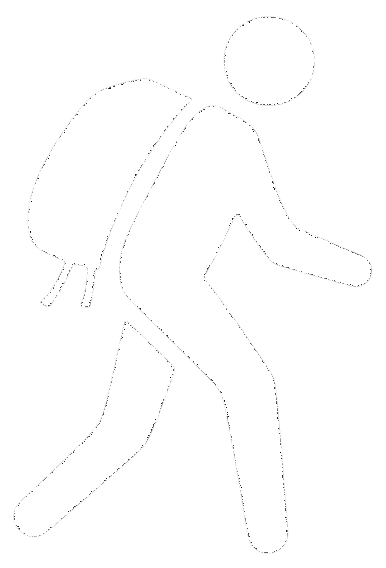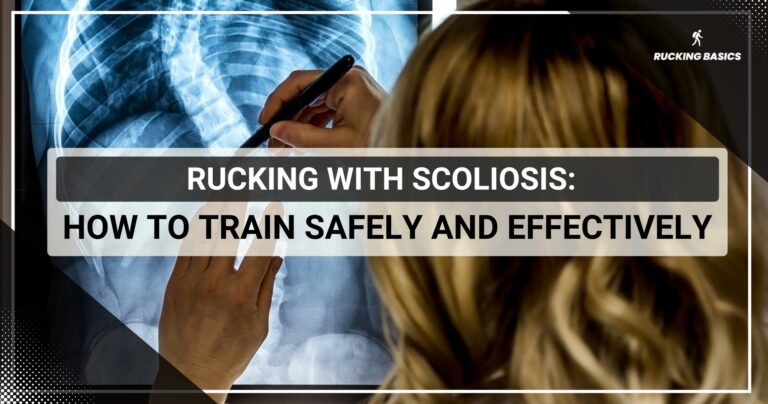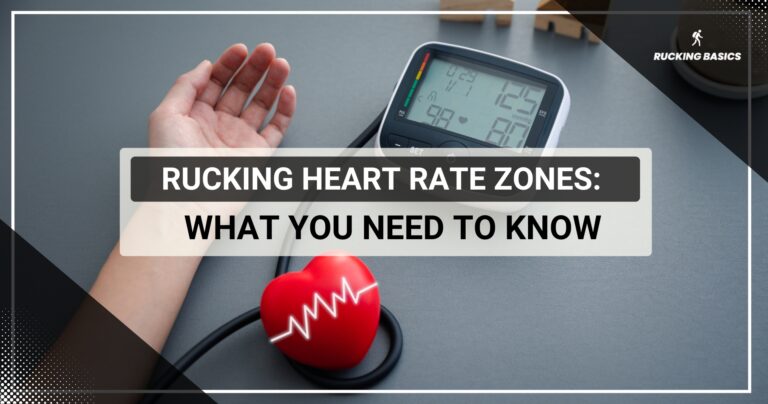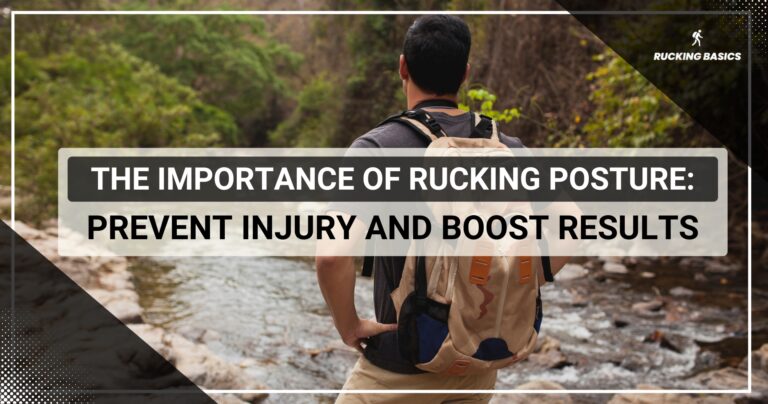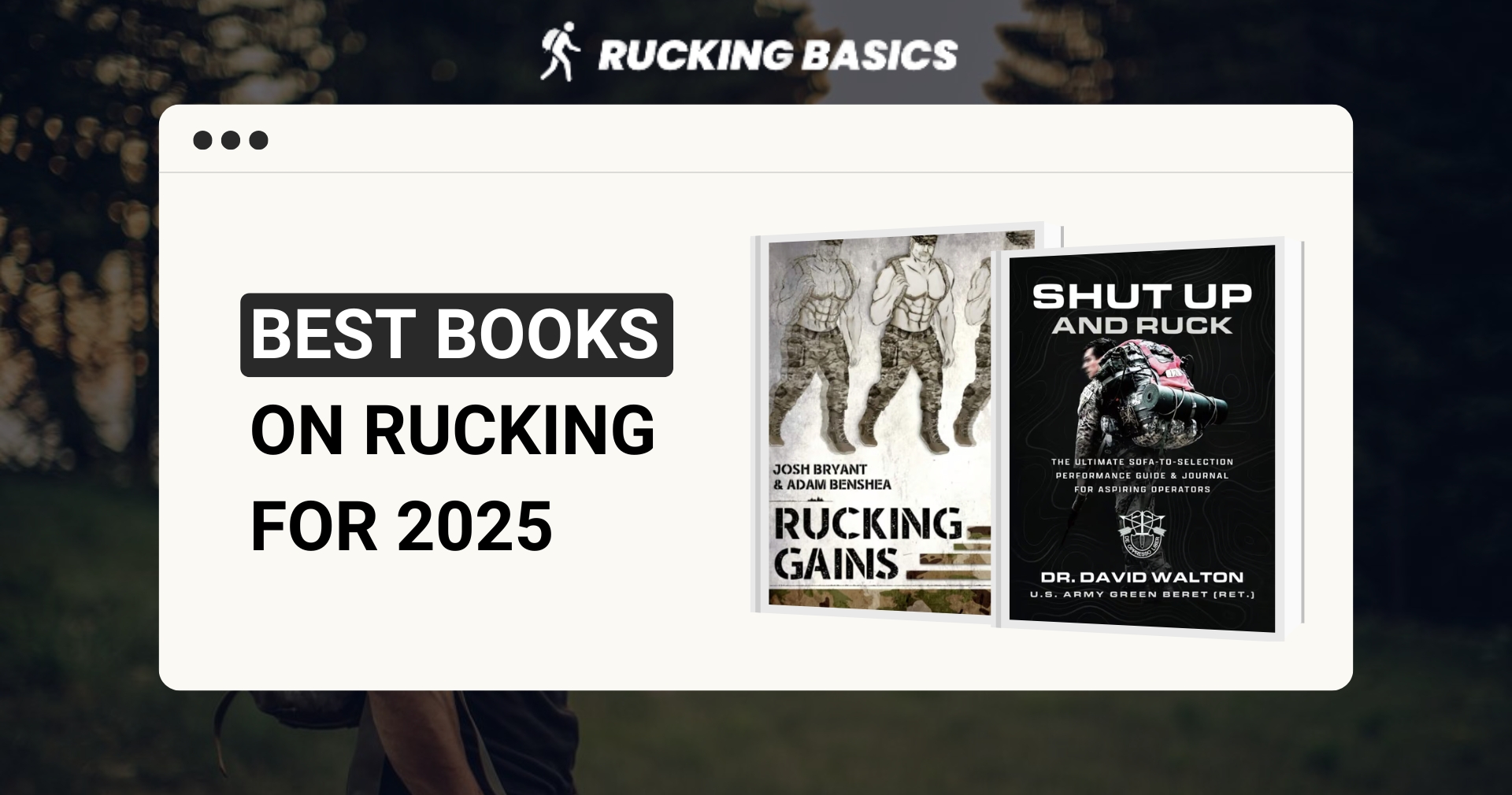We all know how critical testosterone is for health and performance. Not only for our strength and muscle growth but also for productivity, mood regulation, sexual wellness, and general vitality. The unfortunate truth is that testosterone levels naturally drop as we age but for most are compounded by lifestyle choices such as physical inactivity and poor dietary habits. As men who are also on a quest to optimize testosterone, we have created this article to explore how rucking and testosterone work together to support our fitness and vitality. Let’s dig in.
Limitations and Considerations
Before we get started, let’s get to the truth of this subject. Let us stress that currently there is very little research around rucking and testosterone levels and no true link to their being an increase as a result of this activity. With that said, general research does support the idea that weight training, higher intensity exercise, and metabolic function does play a role in testosterone and we know rucking is a part of all three. However, the specific impact of rucking is yet to be validated through research.
It’s also important to remember that the body’s hormonal response to exercise does vary from individual to individual. We cannot ignore factors such as our current fitness level, daily stressors, and yes…our age, will play a role. And we can take physical exercise too far, so adding another form of intense exercise to your already maxed out program could suppress testosterone by elevating that nasty hormone cortisol. Those past the age of 30 should keep this in mind and seniors who ruck must not avoid this advice.
With that PSA in place, let’s look at how rucking could promote hormonal health in yourself and fellow ruckers.
How Physical Activity Affects Testosterone
As we discuss this topic, think about it in relation to rucking. When we engage in activities that use large muscle groups and require resistance, we create high-intensity training zones which will stimulate a positive hormonal response.
Many published studies have shown how strength training directly increases testosterone levels during and briefly after the workout. Indirectly, moderate-intensity exercise (steady-state) improves our general physical condition, which can move the needle in the direction of optimal hormonal balance. Both resistance exercise and aerobic exercise can be taken too far, creating a stressed environment that if maintained long enough will lead to testosterone deficiency.
Can Rucking Boost Testosterone?
While rucking research is limited, our theory is that yes it will lead to improved testosterone when incorporated correctly into a training program. For deconditioned individuals it will have a greater impact than those who are already fit. Here’s how it’s possible:
- Resistance Training: Carrying a rucksack engages the large muscle groups such as your legs, back, and back. Training these bodyparts helps to stimulate muscle growth and testosterone production.
- Endurance Benefits: Rucking is most often performed at a steady-state which limits the amount of cortisol released during longer cardio sessions.
- Stress Reduction: Have you heard of forest bathing? Well, rucking outdoors in nature can add a mental health benefit as well. When we lower stress levels we typically lower cortisol, which will help to maintain optimal testosterone balance.
- Improved Body Composition: When combining the first three points, ruckers may experience weight loss and fat reduction. Lower body fat levels has been shown to improve testosterone levels. Since fat tissue produces estrogen, reducing fat can help us maintain optimal testosterone-to-estrogen ratios.
- Improved Sleep: Quality sleep is vital for testosterone production. Exercise, including rucking, helps regulate sleep patterns, ensuring the body has time to repair and produce hormones.
These benefits highlight how rucking can be part of a holistic approach to improving overall well-being, including hormonal health.
Tips for Maximizing Testosterone Benefits While Rucking
To get the most out of your rucking sessions, follow these tips:
Incorporate High Intensity Interval Training into Your Rucking Program
H.I.I.T. isn’t just an efficient way to exercise, it’s also been shown to elevate testosterone levels. I first witnessed a H.I.I.T. rucking workout through YouTube when my friend Josh Bryant (author of Jailhouse Strong and Rucking Gains) was performing uphill sprints with a rucksack. It looked brutal! You can add short bursts of high-intensity work to your program but remember that this will eliminate the stress reducing benefits of being outdoors. So make it a part but not all of your rucking activity. A good hybrid is to for example, ruck steadily for 5-minutes and then jog for 60 seconds. This way you can mix a little H.I.I.T. without missing out on the steady-state benefits.
Ruck at the Right Intensity
Rucking has the unique ability to put us in a calm yet intense state of mind. Plenty of ruckers have openly discussed how they “pushed to hard for to long” resulting in systemic fatigue. This type of fatigue could have a negative impact on testosterone levels. So to start, begin with 10-20% of your body weight and carefully increase the weight over time. Also, make sure to have a few deload sessions where you use less weight than normal. This type of activity will help you recover but still build upon the fundamentals of proper rucking technique.
Prioritize Recovery in Your Rucking Program
Piggy backing off the last point, make certain you are getting enough rest and recovery. Many hormones including testosterone production occurs when you are relaxing. Get the appropriate amount of rest and schedule time for a stretching workout or mobility exercises to prevent from suffering a nasty rucking injury because of systemic and hormonal fatigue.
Eat a Testosterone-Supportive Diet
Diet plays a much bigger role in hormone production than most understand. Not only does losing excessive weight through caloric restriction help but also consuming healthy fats such as avocado’s, fatty fish, olive oil, and nuts like pine or macadamias. On a micronutrient level, make certain you are getting enough zing, magnesium, and Vitamin D.
Avoid processed foods and excessive sugar, as these can negatively impact testosterone levels.
Monitor Your Rucking Progress and Adjust
Thanks to James Clear and his book Atomic Habits, we understand the importance of tracking our efforts but it’s also the best way to ensure we are not overtraining. Notating consistent signs of fatigue, irritability, or less than your best performance will alert you that perhaps it’s time to reduce the intensity or add more rest days between our rucking sessions.
Conclusion
So while research is limited on rucking and testosterone, we do know the activity incorporates the important elements of physical exercise that can lead to optimal hormone function. Because rucking is an activity like others that create fat burning through metabolized calories, improving muscular endurance, and restoring energy levels, athletes who engage in this type of workout may have better total and free testosterone than those who do not.
We hope you found this article helpful and that it makes you more confident that you are priming your hormonal engine with each rucking session.
